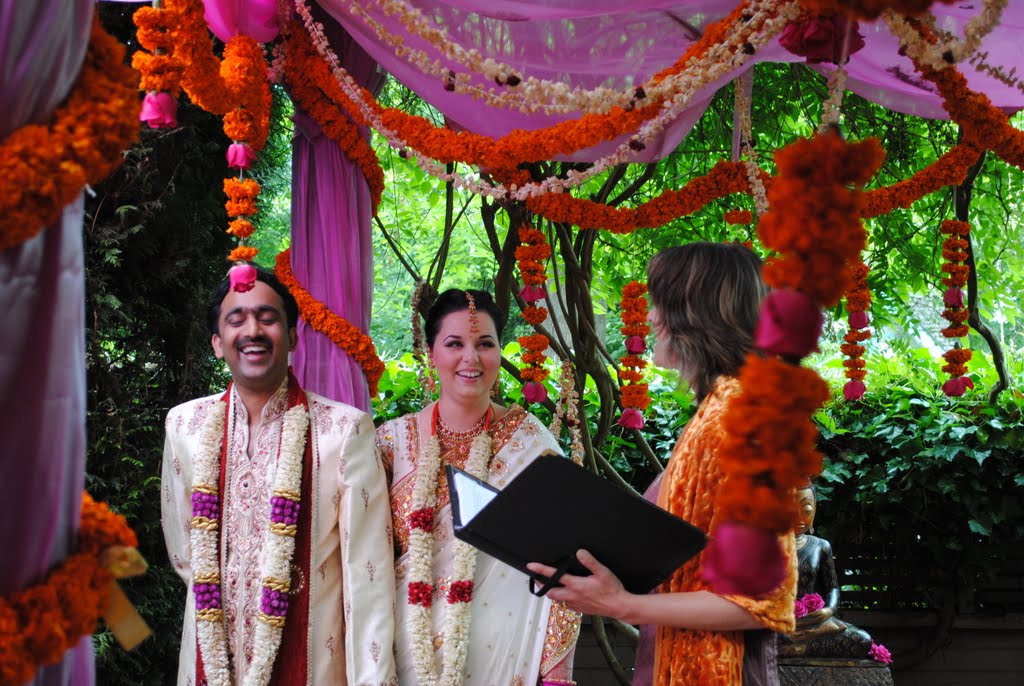Feature: Five Qs with Sharon H. ChangPosted in Articles, Asian Diaspora, Identity Development/Psychology, Interviews, Media Archive on 2016-03-01 15:24Z by Steven |
Feature: Five Qs with Sharon H. Chang
Writing like an Asian: Thoughts on writing, composition, and issues of identity
2016-02-26
Jee Yoon Lee, Lecturer in English/Adjust Professor
Georgetown University/George Washington University, Washington, D.C.
Sharon H. Chang worked with young children and families for over a decade as a teacher, administrator, advocate and parent educator. She is currently an award-winning author, scholar and activist who focuses on racism, social justice and the Asian American diaspora with a feminist lens. Her inaugural book Raising Mixed Race: Multiracial Asian Children In a Post-Racial World was released in 2015/2016 to rave reviews. Her pieces have additionally appeared in BuzzFeed, ThinkProgress, Hyphen Magazine, ParentMap Magazine, The Seattle Globalist, AAPI Voices and International Examiner. She also serves as a consultant for Families of Color Seattle and is on the planning committee for the Critical Mixed Race Studies Conference.
(Q1) How did the project for writing the book Raising Mixed Race begin? How did you decide which stories to include?
Well the process of coming to my mixed race consciousness and passion for social justice writing is hard to milestone because it’s a human one that extends, and will continue to extend, across my lifetime. That said there have been catalyzing events and one of the most important ones was having my son in 2009. You know up until that point I always had a sense of the racialized world we live in (and most of us do) but I didn’t have a deep understanding or language to articulate anything. When you have a child however everything changes because suddenly there’s the responsibility of communicating crucial ideas, values, and concepts to a young person you love with all your heart…
…(Q4) What can you tell us about the work you have been doing as a teacher, activist, and parent educator? Are there particular works that you have found useful in facilitating discussion about what it means to be part of mixed raced community?…
…Unfortunately there aren’t a lot of useful resources for facilitating discussion about what it means to be part of mixed race communities. There is a growing body of academic work, art, think pieces, buzzy stuff, and such, a lot of which you can access on the Mixed Race Studies site curated by Steven F. Riley. But frankly, where is the mixed race community anyway? Is there one? When I get asked to do community work I’m usually asked to tailor generally to race and away from mixed race. And even in the classroom, whether primary/secondary school or higher ed, multiracial conversations are often relegated to units within a curriculum rather than being a whole focus. You can’t major (or minor?) in mixed race studies in college. This, again, despite the fact multiracial is the fastest growing identification among youth. We still have a long ways to go…
Read the entire interview here.



